I have a function that I want to run with increasing probability each hour until noon then decreasing probability until midnight. I can imagine a normal distribution centered on noon would do it (so the probability of running the function is 100% at noon but very low at midnight), however I cannot convert that into python code.
For example, if the code is executed at 1am it has a very low probability of running. But if the code is executed at noon, it has a 100% probability of running.
This is a completely crude, unpythonic, manual attempt at what I want:
currentHour = 12
if currentHour == 1:
print('probability = 0')
elif currentHour == 2:
print('probability = 0')
elif currentHour == 3:
print('probability = .1')
elif currentHour == 4:
print('probability = .2')
elif currentHour == 5:
print('probability = .3')
elif currentHour == 6:
print('probability = .4')
elif currentHour == 7:
print('probability = .5')
elif currentHour == 8:
print('probability = .6')
elif currentHour == 9:
print('probability = .7')
elif currentHour == 10:
print('probability = .8')
elif currentHour == 11:
print('probability = .9')
elif currentHour == 12:
print('probability = 1')
elif currentHour == 13:
print('probability = .9')
elif currentHour == 13:
print('probability = .8')
elif currentHour == 14:
print('probability = .7')
elif currentHour == 15:
print('probability = .6')
elif currentHour == 16:
print('probability = .5')
elif currentHour == 17:
print('probability = .4')
elif currentHour == 18:
print('probability = .3')
elif currentHour == 19:
print('probability = .2')
elif currentHour == 20:
print('probability = .1')
elif currentHour == 21:
print('probability = 0')
elif currentHour == 22:
print('probability = 0')
elif currentHour == 23:
print('probability = 0')
elif currentHour == 24:
print('probability = 0')
